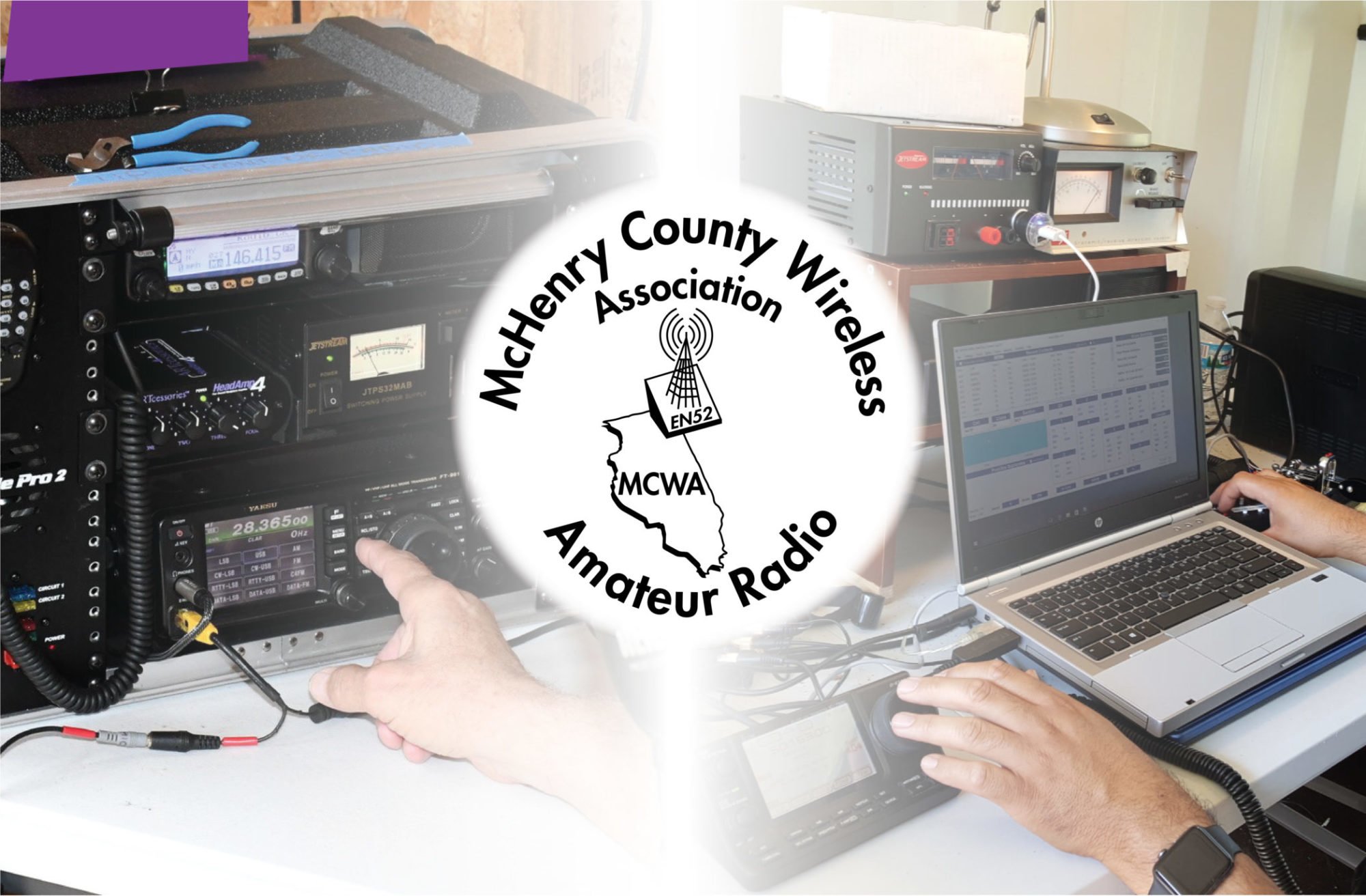The public comment period for Notice of Proposed Rule Making (NPRM) Docket 23-120 has been extended to November 28, 2023, from the original deadline of October 30, 2023.
The Federal Communications Commission (FCC) is proposing altering the 60-meter allocation from five 2.8 KHz wide channels to a single 15 KHz segment around the existing center channel. The FCC is also proposing reducing the power limit from 100 watts ERP (Effective Radiated Power) to 15 watts EIRP (Effective Isotropic Radiated Power), which is the total power radiated by a hypothetical isotropic antenna in a single direction.
The 60-meter (5 MHz) amateur radio allocation is on a secondary basis to government use. Since amateurs were first granted the 60-meter allocation in 2002, radio amateurs and governmental agencies has co-existed without incident. It may not be one of the most used HF bands, but it has played an important role in times of emergency. The propagation characteristics make it favorable for emergency communications as demonstrated by communications between the southern United States and the Caribbean as well as in Alaska.
The ARRL is advocating for keeping the existing upper and lower two channels, allocating a 15 KHz segment centered on the middle channel, and keeping the existing 100 watts ERP power limit. This is similar to the Canadian band plan. The League is requesting amateurs submit comments about the NPRM to the FCC before November 28th and have provided a resource link with instructions:
https://www.arrl.org/60-meter-band
The proposed changes will have a detrimental impact on amateur radio’s ability to train and respond to disasters (e.g., earthquakes, hurricanes, tornados, floods, wildfires, etc.), which have become more frequent.
If these new rules become effective, there will be a number of negative consequences.
Most radios that have been manufactured since 2002 are preprogrammed for the five channels authorized for use. Radios that are field programmable could receive firmware updates from the radio manufacture that will allow access to the new allocation, but updates would be at the discretion of the radio vendor and on their time table. Radios that cannot be updated will only be usable on a single frequency. This will make many radios virtually unusable on 60-meters.
Assuming a dipole for an antenna, reducing the power from 100 watts ERP to 15 watts EIRP would be over a 10 dB reduction in power (100 watts to 9.1 watts). During times of emergency, 100 watts could make the difference between getting the message through or not. As radio amateurs and governmental agencies have successfully coexisted for over 20 years, it is not clear why this power reduction is being proposed.
Voice your opinion and get your comments in before November 28th.
